Each locality has 1-2 low-emission agricultural models.
According to the Ministry of Agriculture and Environment , each province and city will build 1-2 low-emission farming models to form a database and develop a "low-emission" brand for Vietnamese agricultural products.
The project identifies six key tasks, including transforming crop structure, applying emission-reducing farming techniques, replicating sustainable models, improving capacity and connecting markets for low-emission agricultural products. Each province and city will build 1-2 low-emission farming models that can be replicated, forming a database connected to the national registration system, aiming to develop a "low-emission" brand for Vietnamese agricultural products. According to statistics, crop cultivation accounts for nearly 80% of total emissions in the agricultural sector. Therefore, restructuring production towards emission reduction is considered an urgent requirement, and at the same time an opportunity to improve the competitiveness of Vietnamese agricultural products.
Enterprises proactively conduct greenhouse gas inventories
Starting from 2026, greenhouse gas inventory will become mandatory for large-emitting enterprises according to Decree 06 of the Government . However, many enterprises that are not required to do so have already proactively conducted greenhouse gas inventory. Many units have considered this as a preparation step for the upcoming period when the EU Carbon Border Adjustment Mechanism (CBAM) is fully operational. At that time, high-emission goods will be heavily taxed, increasing prices and reducing competitiveness.
Considered the first agricultural enterprise in Vietnam to implement greenhouse gas inventory for its entire pepper and coffee factory system, after completing the inventory, the enterprise is building a roadmap for actual emission reduction and participating in the voluntary carbon credit market.
Mr. Phan Minh Thong - Chairman of the Board of Directors of Phuc Sinh Company said: “First of all, we hired a consulting company, which lasted for many months and they checked all our factories for measurement standards, step by step what we have to do, how to adapt, how to change, how to invest, how to be suitable. I do not think everything is simple, how to calculate CO2, how to calculate emissions, how to compensate to be suitable for the trend and the requirements of strict standards”.
The transport company has also just completed its mid-year greenhouse gas inventory report. From the report, the company set a target of reducing emissions by 5% each year.
Mr. Tran Viet Huy - CEO, Transport and Maritime Services Joint Stock Company (TRA-SAS) shared: “Many of our customers have included ESG terms in their contracts. In the short term, we will have more opportunities to approach customer groups with less price competition.”
According to experts, if businesses do not measure, they cannot improve; if they are not transparent, they cannot integrate.
Mr. Pham Thien An - Vinacontrol Inspection Company Limited commented: "Many businesses have taken the first step, sending their staff to study greenhouse gas inventory. If any business does not conduct greenhouse gas inventory themselves, they can ask for support from consulting units."
Pressure from export markets and global supply chains is driving companies to invest in emission measurement, reporting and verification systems that meet international standards. Emissions accounting and reduction are no longer a compliance cost, but a strategic investment that helps businesses enhance their reputation, attract green investment and maintain their position in the international trade market.
Source: https://vtv.vn/doanh-nghiep-chu-dong-thuc-hien-kiem-ke-khi-nha-kinh-100251023115726948.htm


![[Photo] Prime Minister Pham Minh Chinh chairs meeting on railway projects](https://vphoto.vietnam.vn/thumb/1200x675/vietnam/resource/IMAGE/2025/10/23/1761206277171_dsc-9703-jpg.webp)
![[Photo] Prime Minister Pham Minh Chinh meets with South African President Matamela Cyril Ramaphosa](https://vphoto.vietnam.vn/thumb/1200x675/vietnam/resource/IMAGE/2025/10/23/1761226081024_dsc-9845-jpg.webp)



![[Photo] President Luong Cuong holds talks with South African President Matamela Cyril Ramaphosa](https://vphoto.vietnam.vn/thumb/1200x675/vietnam/resource/IMAGE/2025/10/23/1761221878741_ndo_br_1-8416-jpg.webp)
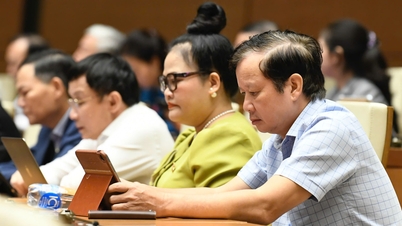



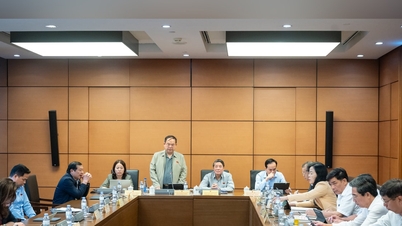

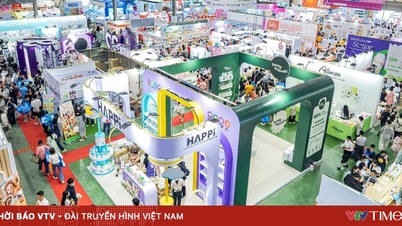
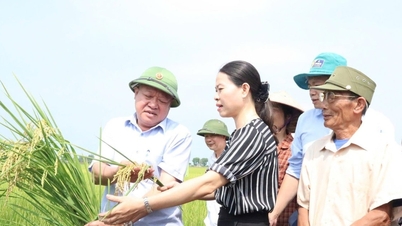
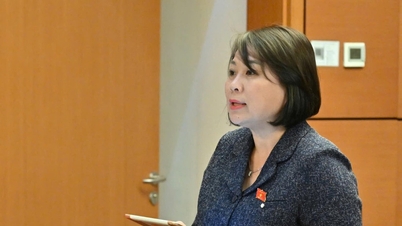
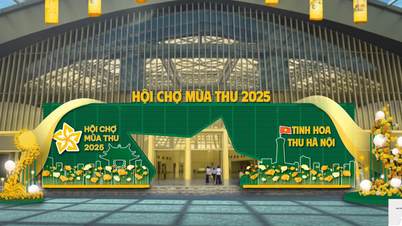

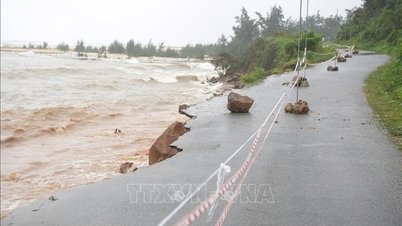
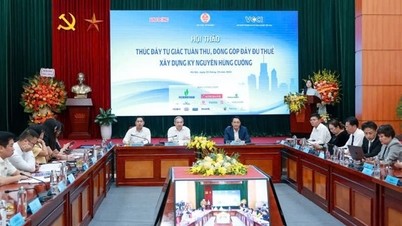
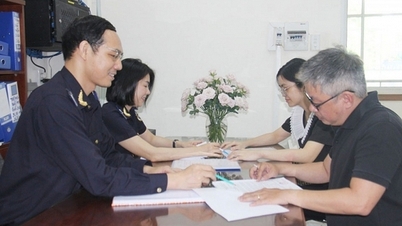

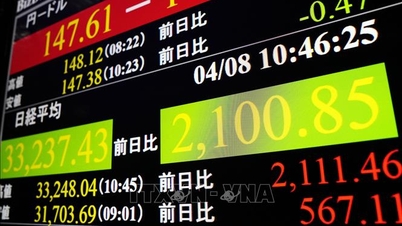
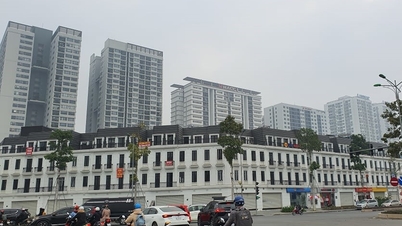




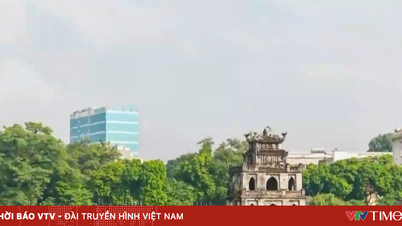
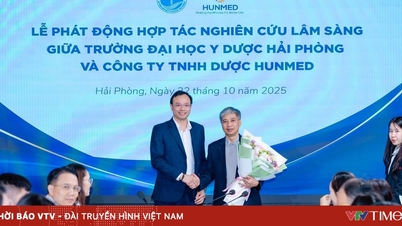
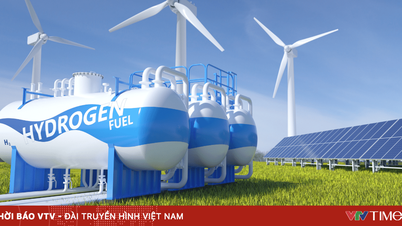
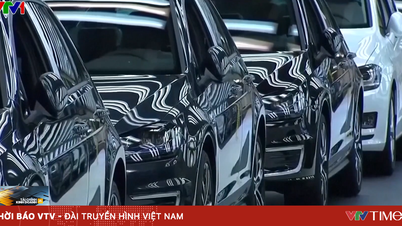

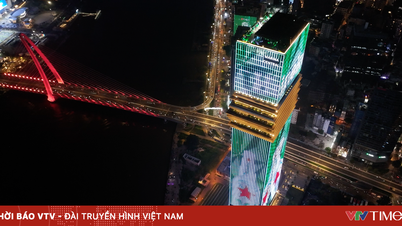











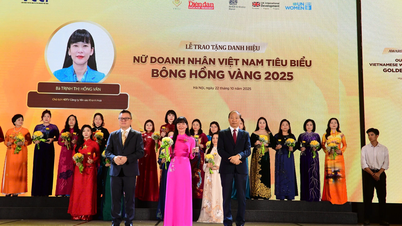

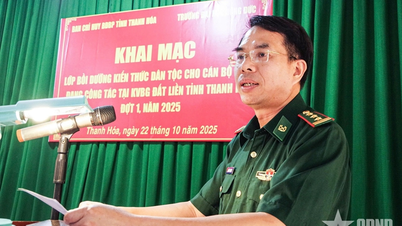

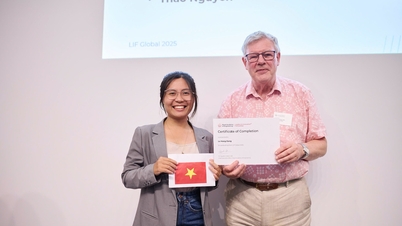



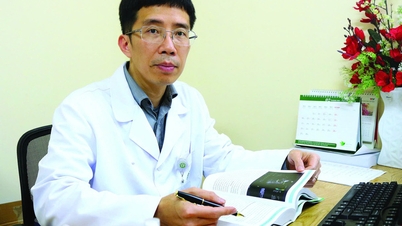

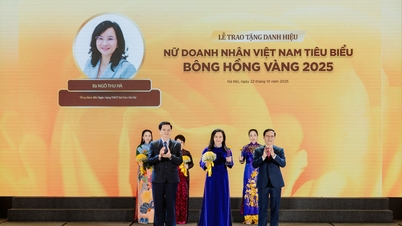


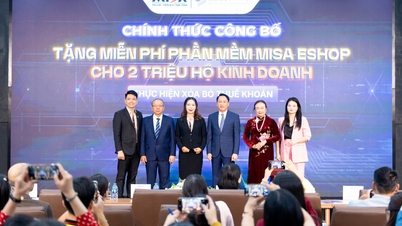

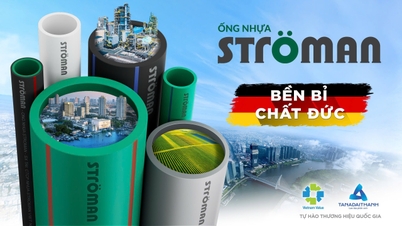
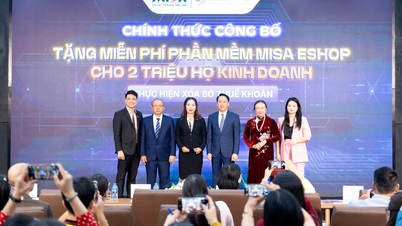







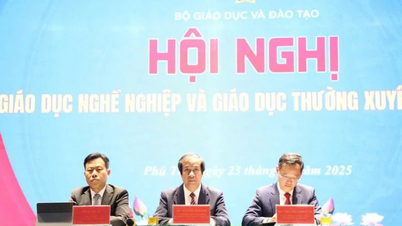

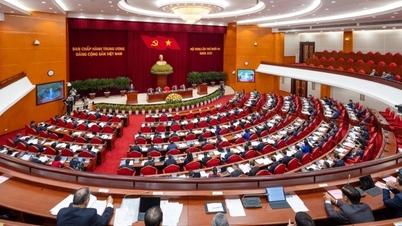


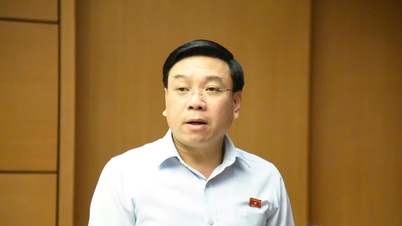


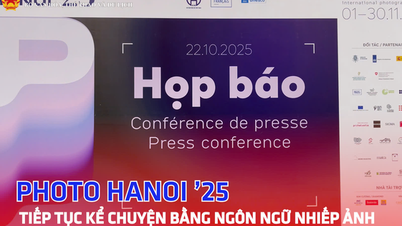


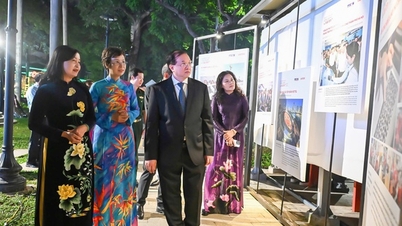
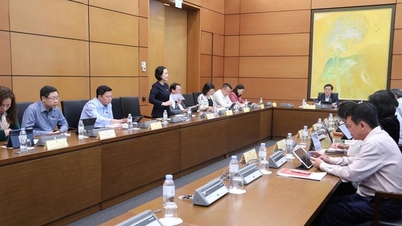
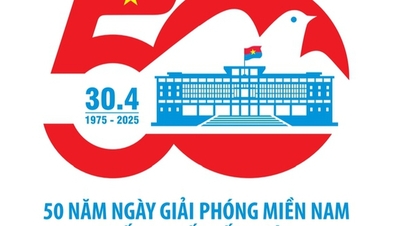

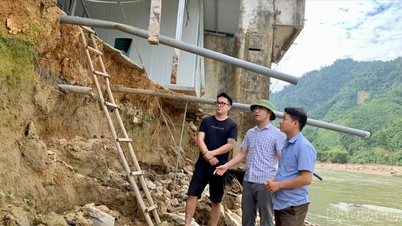

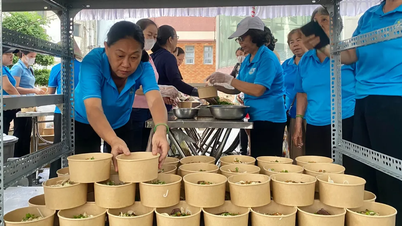



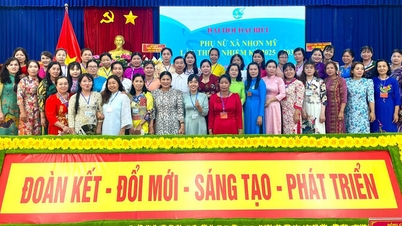

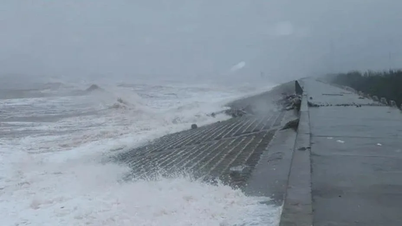
















Comment (0)